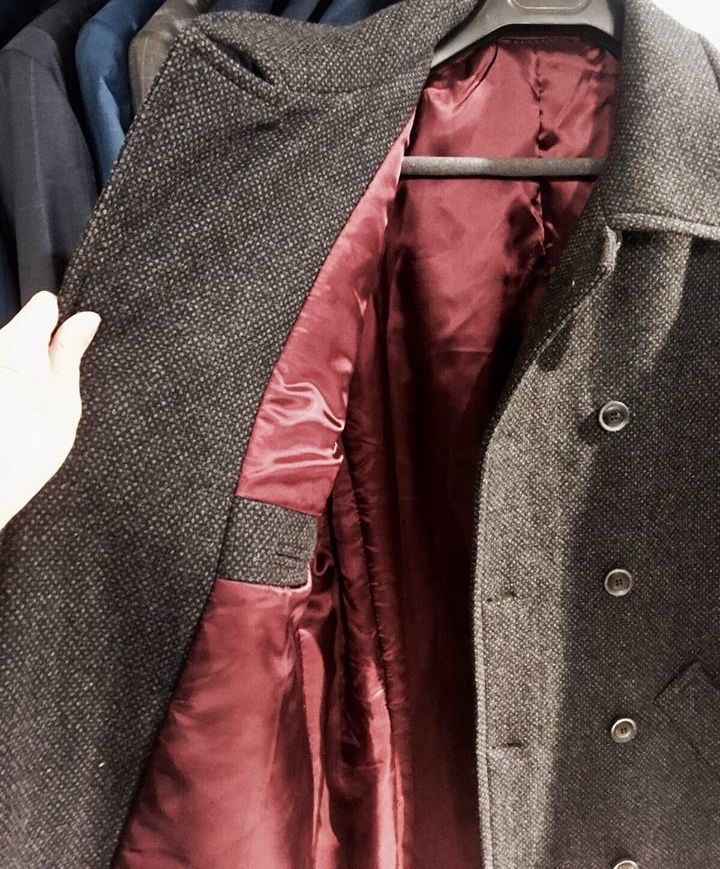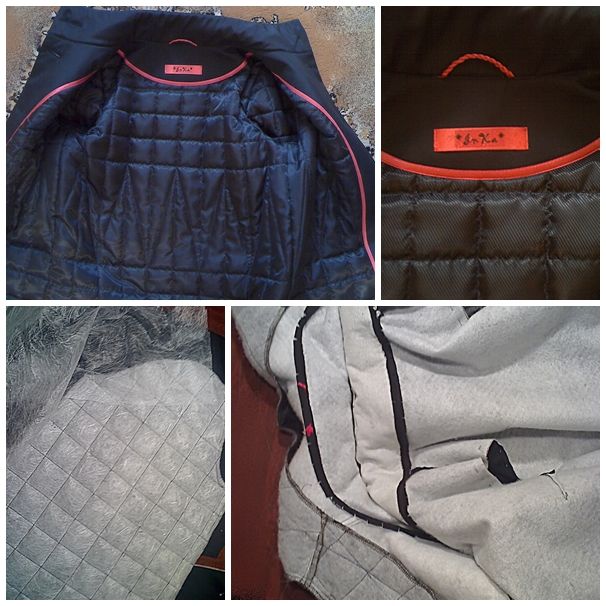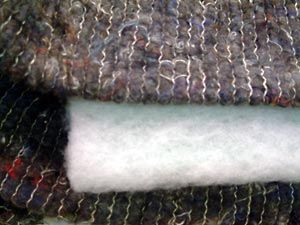 A coat is an irreplaceable and quite stylish item in your wardrobe. However, it happens that a very good product wears out over time and becomes less warm. Or, at the time of purchase, more attention was paid to the appearance of the product than to the composition of the material from which it was made. Thus, when purchasing a chic coat, you may miscalculate and the coat will turn out to be quite cold and unsuitable for the cool season.
A coat is an irreplaceable and quite stylish item in your wardrobe. However, it happens that a very good product wears out over time and becomes less warm. Or, at the time of purchase, more attention was paid to the appearance of the product than to the composition of the material from which it was made. Thus, when purchasing a chic coat, you may miscalculate and the coat will turn out to be quite cold and unsuitable for the cool season.
One of the options for getting out of this situation iswhen buying a new product is not financial possibility is insulation.
Options for insulating a coat
In order to figure out what kind of insulation you need to use, it is important to understand the temperature at which you will wear it. That is, if you need to insulate your coat for the winter, you should choose more frost-resistant options; for cold autumn or spring, you can choose lighter insulation.
 You can insulate a coat in different ways - sew a lining that will be fastened with a zipper or buttons, or stitch the insulation onto the branded lining of the product.
You can insulate a coat in different ways - sew a lining that will be fastened with a zipper or buttons, or stitch the insulation onto the branded lining of the product.
We insulate the coat with a lining
One of the most popular methods is insulation with a liner. Its convenience is that in sunny weather, when the air temperature is not too cold, you can unfasten the lining and feel comfortable. In colder weather, fasten it back.
Usually, when deciding to insulate a product with a lining, the sleeves are not insulated. This is done so that they are not too voluminous, since not all coat styles require a loose fit in this part.
Materials for insulating coats

All insulation materials differ in material thickness:
- Holofiber. A long-known material that is characterized by high wear resistance, hypoallergenic properties, easily restores its shape and retains temperature well.
- Sherstin. Very thin insulation, which contains wool (about 60%) and viscose. It retains heat perfectly, however, it can contribute to the appearance of pellets.
- Woolen or down scarves. This method of insulation has been known for a very long time. You can make a beautiful lining from this material, but it is worth considering that its temperature is not too high.
- Felt. An excellent insulating material that retains heat well.
IMPORTANT! It should be remembered that any natural filler significantly weighs down the product as a whole.
How to sew a lining for a coat
At the very beginning of work on creating a backing, you should decide on a material that will beautifully cover the insulation.
In order to sew a lining, you need to lay out the coat on a flat surface, straighten it and measure the distance from the shoulder seam to the bottom of the product, from the fasteners to the side seam and armhole. Thus, you can redraw the pattern either onto paper or directly onto the lining material.
Along the back, measure the distance between the armholes and side seams. And also the level of the neck. When all these elements are transferred to the fabric, you should begin cutting the material.
ATTENTION! Fabric and insulation should be cut taking into account seam allowances, at least 1 centimeter.


The next step is to assemble the insulation with thin material, which acts as a decorative part. All elements should be carefully stitched and edges processed to make them look neater. You can do this using folds of decorative material.
Then all that remains is to sew the loops and buttons to the lining and the main product. And you can safely go for a walk!
Undershirt with sleeves or sleeveless
To determine whether it is necessary to insulate the sleeves, you should try on the product. If the sleeves are quite voluminous, they can be insulated with a lining with sleeves. However, if the sleeves fit your arms as tightly as possible, you should refuse to insulate them. Because comfort remains important, and if you can’t even bend your arm, you can forget about wearing the product comfortably.
We hope that the information was useful to you!


 1
1





